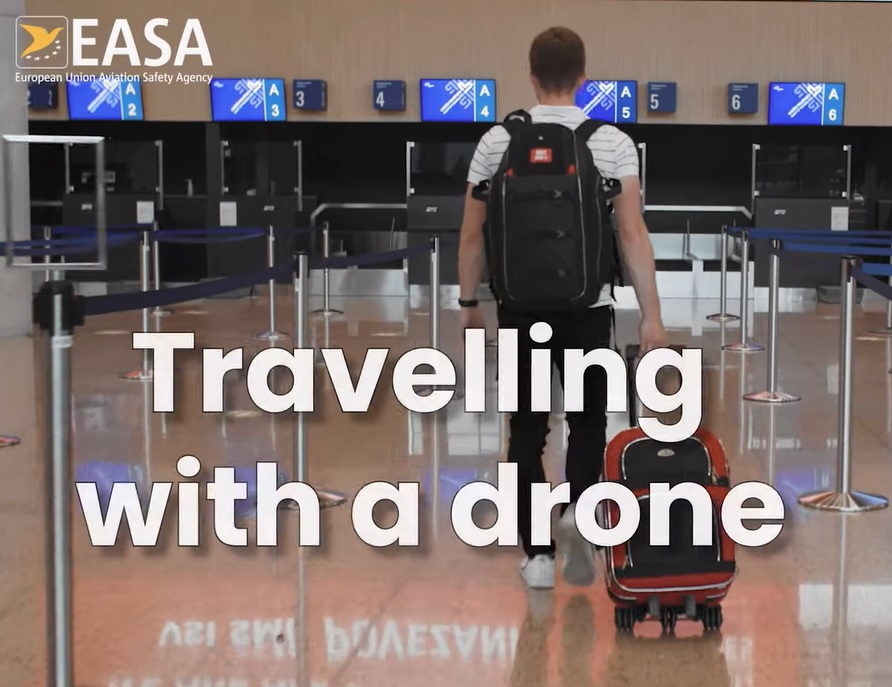Traveling with a drone can be an exhilarating experience, providing you with a unique perspective of the world. However, it’s essential to be well-prepared and knowledgeable about the regulations and best practices associated with drone travel. In this guide, we’ll cover everything you need to know to ensure a smooth and hassle-free journey with your drone, including crucial information from the FAA regarding lithium batteries.
Research Local Drone Regulations
Before packing your drone, research the drone regulations of your destination. Different countries have varying rules regarding drone usage, including registration requirements, no-fly zones, and altitude restrictions. Familiarize yourself with these regulations to avoid any legal issues during your travels.
Check Airline Policies
Each airline has its own policies regarding the transportation of drones. Some may allow you to carry it on as a personal item, while others might require you to check it in as part of your luggage. Make sure to contact your airline in advance to understand their specific guidelines and to avoid any surprises at the airport.
Invest in a Quality Drone Case
Protecting your drone during travel is crucial. Invest in a high-quality, durable drone case that provides ample padding and secure compartments for your drone, batteries, controller, and other accessories. A well-designed case will not only safeguard your equipment but also make it easy to transport.
Pack Spare Batteries Carefully
When traveling with drone batteries, it’s crucial to handle them with care and adhere to safety regulations. Here are some essential tips for packing and transporting drone batteries:
- Carry-On Luggage Only: Drone batteries are generally not allowed in checked baggage due to safety concerns. Always pack your spare batteries in your carry-on luggage.
- Cover Terminals: To prevent short circuits, cover the battery terminals with electrical tape or use specialized battery covers. This simple step can add an extra layer of protection during transit.
- Partial Discharge: Before your journey, consider partially discharging your batteries to around 50-70% of their full capacity. Fully charged batteries are more susceptible to thermal runaway, which can pose a safety risk during air travel.
- Individual Battery Bags: Store each spare battery in an individual fireproof battery bag. These bags are designed to contain and mitigate the effects of a potential battery fire, providing an additional safety measure.
- Quantity Limits: Airlines may have restrictions on the number of spare drone batteries you can carry. Check with your airline for their specific policies and ensure compliance.
FAA Regulations on Lithium Batteries
The FAA emphasizes the importance of safe handling and transportation of lithium-ion batteries. Key points include:
- Spare (uninstalled) lithium-ion batteries must be carried in carry-on baggage only.
- Battery terminals must be protected from short circuit.
- Size and quantity limits apply to lithium metal and lithium-ion batteries.
- Damaged or recalled batteries and battery-powered devices should not be carried aboard an aircraft.
Know the No-Fly Zones
Before flying your drone in a new location, familiarize yourself with any designated no-fly zones. These could include airports, government buildings, and national parks. Utilize resources like drone-specific apps or websites that provide up-to-date information on restricted areas to ensure compliance with local regulations.
Demystifying DJI No-Fly Zones (NFZ): What You Need to Know
Plan Your Shots in Advance
While it’s tempting to start flying your drone as soon as you arrive at your destination, take some time to plan your shots. Research the area, identify key landmarks, and consider the best times for optimal lighting conditions. This preparation will help you capture stunning aerial footage and images.
Respect Privacy and People
Always be mindful of privacy concerns and respect the rights of individuals. Avoid flying your drone over private property without obtaining proper consent. Additionally, be cautious when capturing images or videos of people, especially in sensitive or crowded areas.
Be Mindful of Wildlife and Nature
When flying in natural settings, particularly in wildlife areas, keep a safe distance from animals and avoid disrupting their behavior. Drones can be stressful for wildlife, so it’s crucial to prioritize their well-being.
By following these guidelines, you can ensure a safe and enjoyable drone travel experience.
Conclusion
Traveling with a drone opens up a world of creative possibilities, but it also comes with responsibilities. By adhering to local regulations, respecting privacy, and prioritizing safety, you can ensure an enriching and memorable drone travel experience.
Useful links:
Travelling With Drones – EASA (The European Authority for aviation safety)
PackSafe – Drones – FAA (The US Federal Aviation Administration)

